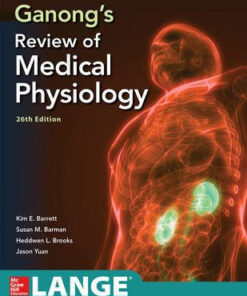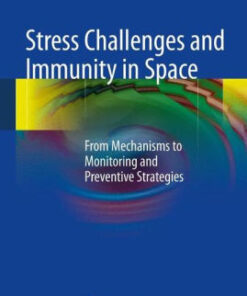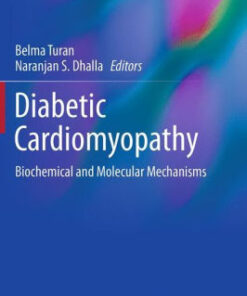(PDF) Exercise Physiology – Theory and Application 10th Ed by Howley
$28.00
Download instantly Exercise Physiology – Theory and Application to Fitness and Performance 10th Edition by Edward T. Howley, Scott K. Powers. It is ebook in PDF format.
ISBN-10: 1259870456 ISBN-13: 9781259870453
Preview
This is the PDF eBook version for Exercise Physiology – Theory and Application to Fitness and Performance 10th Edition by Edward T. Howley, Scott K. Powers
Table of Contents
Section 1 Physiology of ExerciseIntroduction to Exercise PhysiologyChapter 1: Common Measurements in Exercise PhysiologyChapter 2: Control of the Internal EnvironmentChapter 3: BioenergeticsChapter 4: Exercise MetabolismChapter 5: Cell Signaling and the Hormonal Responses to ExerciseChapter 6: Exercise and the Immune SystemChapter 7: The Nervous System: Structure and Control of MovementChapter 8: Skeletal Muscle: Structure and FunctionChapter 9: Circulatory Responses to ExerciseChapter 10: Respiration During ExerciseChapter 11: Acid-Base Balance During ExerciseChapter 12: Temperature RegulationChapter 13: The Physiology of Training: Effect on V?O2 Max, Performance, and StrengthSection 2 Physiology of Health and FitnessChapter 14: Risk Factors and Inflammation: Links to Chronic DiseaseChapter 15: Work Tests to Evaluate Cardiorespiratory FitnessChapter 16: Exercise Prescriptions for Health and FitnessChapter 17: Exercise for Special PopulationsChapter 18: Body Composition and Nutrition for HealthSection 3 Physiology of PerformanceChapter 19: Factors Affecting PerformanceChapter 20: Laboratory Assessment of Human PerformanceChapter 21: Training for PerformanceChapter 22: Training for the Female Athlete, Children, Special Populations, and the Masters AthleteChapter 23: Nutrition, Body Composition, and PerformanceChapter 24: Exercise and the EnvironmentChapter 25: Ergogenic Aids




